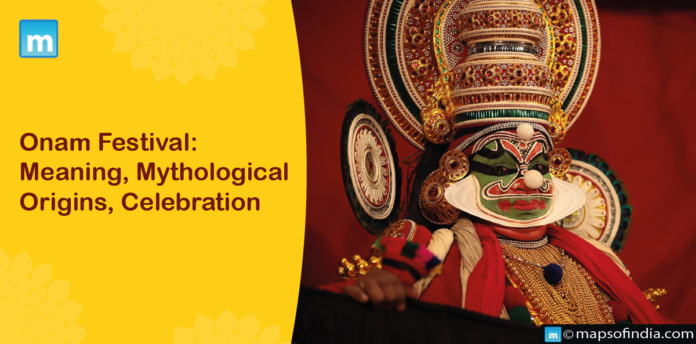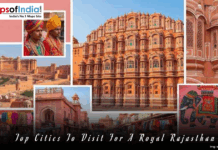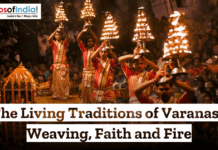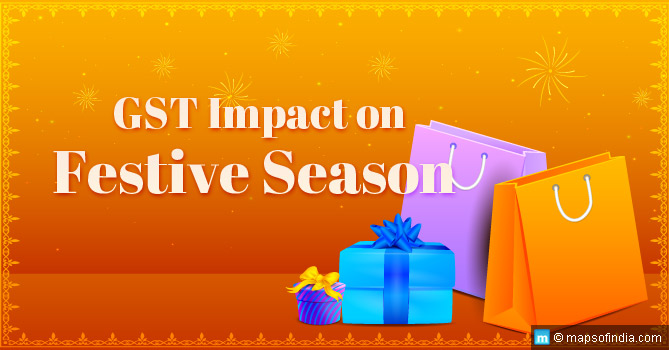The bright celebration of Onam takes the front stage in Kerala, a beautiful state in India. Onam is a ten-day spectacle that is widely observed and captures the spirit of the state’s customs, history, and ideals. This festivity, which has its roots in mythology and has been passed down through the years, holds a particular place in the hearts of Keralites and captures the interest of tourists worldwide.
Mythological Origins of Onam: Kerala’s 10-day festival
Onam is closely connected to Hindu mythology, particularly the King Mahabali legend. Legend has it that King Mahabali was a kind and just king whose reign was prosperous and joyful. The gods, especially Lord Vishnu, were worried about Mahabali’s rising fame and power, so he assumed the appearance of Vamana, a diminutive Brahmin, to test his generosity.
Vamana asked for a piece of land he could travel over in three steps. Mahabali, who was known for his generosity, concurred. To everyone’s surprise, Vamana changed into a gigantic being and, in three steps, spanned the entire universe, driving Mahabali into the underworld. Vishnu bestowed on Mahabali the blessing of visiting his people once a year in appreciation for his moral leadership. This year’s yearly reunion of Mahabali that Onam commemorates.
The Onam Celebration:
Ten days are spent celebrating Onam, each with unique ceremonies and traditions. The celebration often takes place during the Gregorian months of Chingam (August–September) in Malayalam. The building of a floral arrangement called a “Pookkalam” in the courtyards of houses on the first day, known as Atham, signals the start of the celebrations. Over ten days, this floral carpet gradually enlarges, exhibiting its intricate patterns and vivid colours.
The extravagant feast known as the “Onam Sadya” is Onam’s most noticeable feature. A lavish buffet of vegetarian dishes is presented on a banana leaf to represent harmony and unity. A plethora of curries, chutneys, pickles, sweets, and other foods are included in the sadya, which results in a delicious fusion of tastes and textures.
Snake Boat Races and Folk Arts
Along with other events, Onam is home to the well-known “Vallamkali,” or snake boat races. With the cheers of onlookers and the rhythmic beats of traditional drums, long, ornately adorned boats that resemble serpents race through Kerala’s peaceful backwaters. These competitions celebrate Kerala’s rich maritime tradition while inspiring a spirit of competition.
The festival also highlights Kerala’s vibrant folk arts. Colourful processions, traditional dances like Kaikottikali and Thumbi Thullal, and cultural events enhance the celebratory mood. Onam offers a stage for the state’s artists to display their abilities and allows viewers to enjoy the deeply ingrained cultural arts.
Unity Amid Diversity
People from various backgrounds celebrate Onam, bridging socioeconomic and religious divides. It embodies Kerala’s reputation for inclusion and secularism. Whatever one’s beliefs or origin, everyone can relate to the festival’s message of peace, thanks, and appreciation for nature’s wealth.





